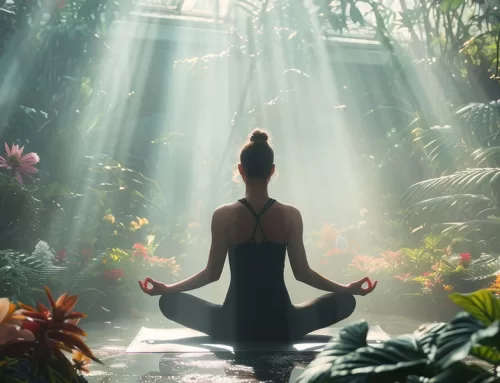Regardless of personality or lifestyle, there is a range of meditation techniques that are suitable for most people. There is no “correct way” to meditate, though, so one can experiment with many methods until they find one that suits them. So, what is the best type of meditation?
A variety of methods that support the integration of the mind and body are referred to as meditation. While some types require maintaining a mental focus on a sensation, others call for preserving awareness in the current moment without passing judgement.
People use meditation to encourage calm and greater awareness in stressful situations where the senses can easily become dull. Although much of the evidence is preliminary, research suggests that meditation may have the ability to enhance both physical and emotional health.
The several styles of meditation, their effectiveness, and recommended frequency are covered in this blog.
Types of meditation
The following five examples are some of the best-known ways to meditate:
- Mindfulness meditation
Mindfulness is a type of meditation that encourages practitioners to stay aware and present in the moment. The practice of mindfulness fosters awareness of one’s immediate surroundings rather than lingering on the past or fearing the future.
A lack of judgement is essential in this. For instance, a practitioner can simply observe the wait without passing judgement on it rather than thinking about how annoying a long wait is.
People can practise mindfulness meditation in practically any place. A person might peacefully observe their surroundings, including the sights, sounds, and odours they encounter, while standing in line at the grocery shop, for instance.
Most forms of meditation incorporate some degree of mindfulness. For instance, progressive relaxation calls attention to tension-filled parts of the body while breath awareness helps practitioners to be mindful of their breathing.
Because mindfulness is a theme present in many different styles of meditation, it has received a great deal of research. According to research, it can:
- reduce fixation on negative emotions
- improve focus
- improve memory
- lessen impulsive and emotional reactions
- increase relationship satisfaction
- Breath awareness meditation
One form of mindful meditation that promotes mindful breathing is breath awareness.
While counting their breaths, practitioners take deep, steady breaths. The objective is to disregard all other thoughts and keep your attention solely on your breathing.
Breath awareness meditation shares many of the same advantages as mindfulness meditation. These consist of:
- reduced anxiety
- improved concentration
- increased emotional flexibility
- Mantra-based meditation
A series of syllables, phrases, or words are continuously repeated during mantra-based meditation, either vocally or quietly. It can be performed either with or without religious overtones.
Negative ideas are suppressed and redirected as a result of it. A 2022 study discovered it resulted in mild to moderate improvements in anxiety and depression. These conclusions could, however, be undermined by research gaps and study bias.
- Transcendental meditation
In the spiritual practice of transcendental meditation, participants sit still and take deep breaths. Transcending or rising above the person’s present state of being is the aim.
A person should pay attention to a mantra throughout a session. If they are working with an instructor, they will choose the mantra after considering a wide range of variables.
A different form lets users select their mantra. Despite having a very similar appearance to transcendental meditation, this more modern version is not it. While meditating, one can choose to keep repeating, “I am not afraid of public speaking.”
- Guided meditation
Different styles of meditation can be guided by the voice of a real person or a recorded voice. This is distinct from forms of self-guided meditation that are controlled by the individual’s thoughts.
A person may practise awareness through guided meditation. Beginners in meditation might want to use some kind of guide at first. In group settings, a live guide might be provided, whereas recordings are accessible through videos, podcasts, apps, and audio recordings.
People can relax and calm down using easy methods like meditation. Due to the wide range of preferences among people, there is no one form that fits all. The ideal meditation, according to some experts, is the one that a person likes routinely practising.
Thus, whenever you think about the question – what is the best type of meditation? remember these 5 types of meditation. Choose the one which suits you the best. Just like with any other ability, it takes time to master. A person is more likely to find a style of meditation that works for them if they persist and are prepared to try out different techniques.








[…] to wellness and lifestyle. The focus is on preventive measures, such as nutrition, exercise, meditation, and daily rituals, or dinacharya, which promote total well-being and aid in maintaining a balance […]